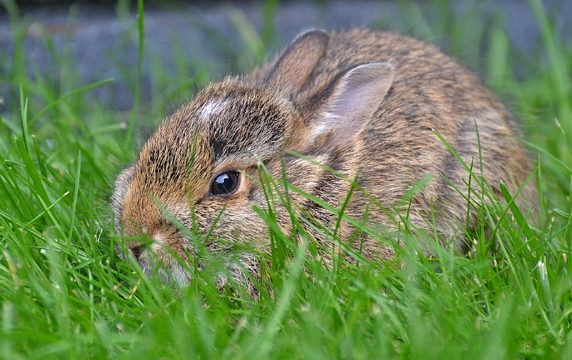An Observation On Baby Rabbits
Leaving The Nest
Kelly Wionzek
© Copyright 2024 by Kelly Wionzek


Photo of baby cottontail courtesy of Wikimedia Commons.
An Observation On Baby RabbitsLeaving The NestKelly Wionzek © Copyright 2024 by Kelly Wionzek  |
 Photo of baby cottontail courtesy of Wikimedia Commons. |